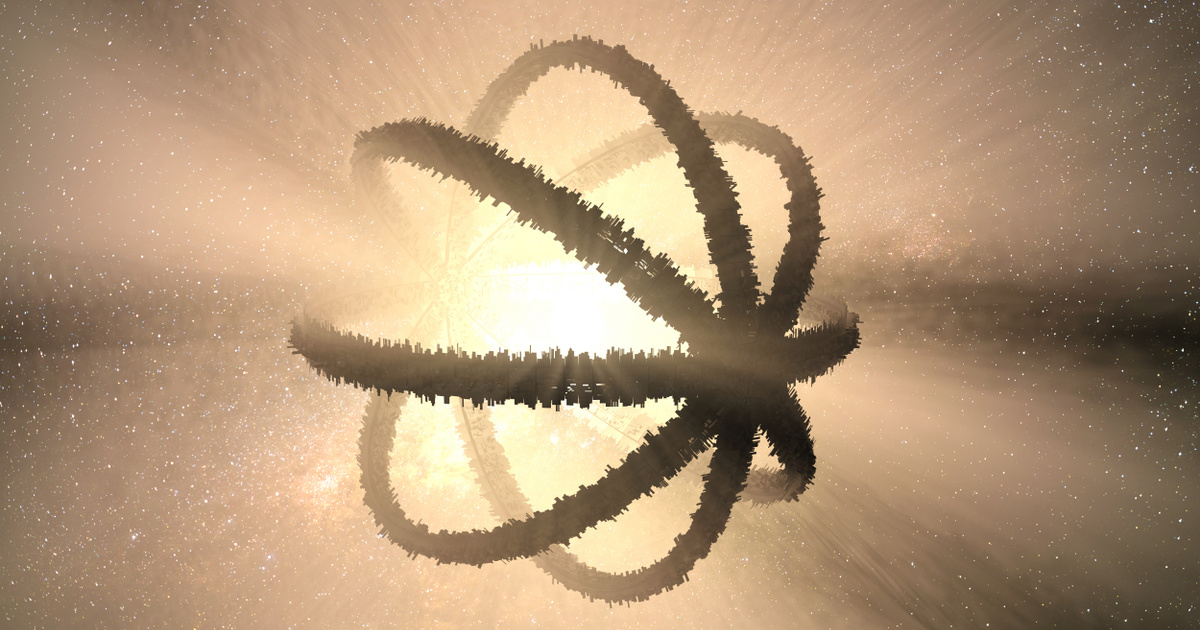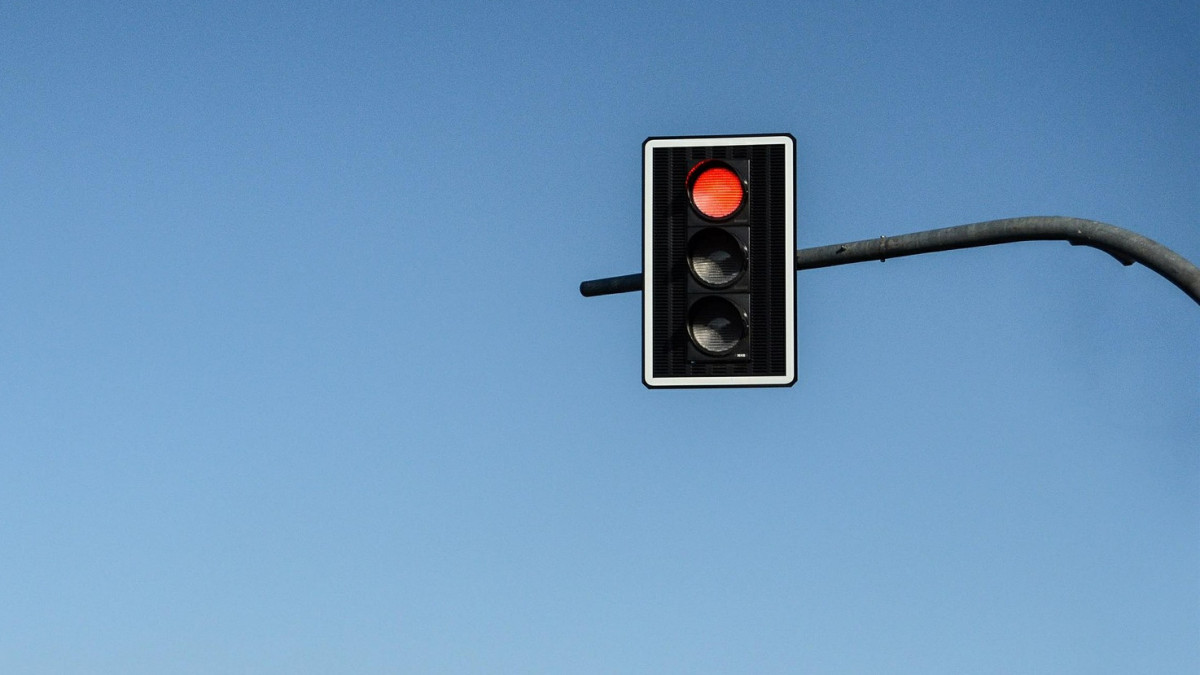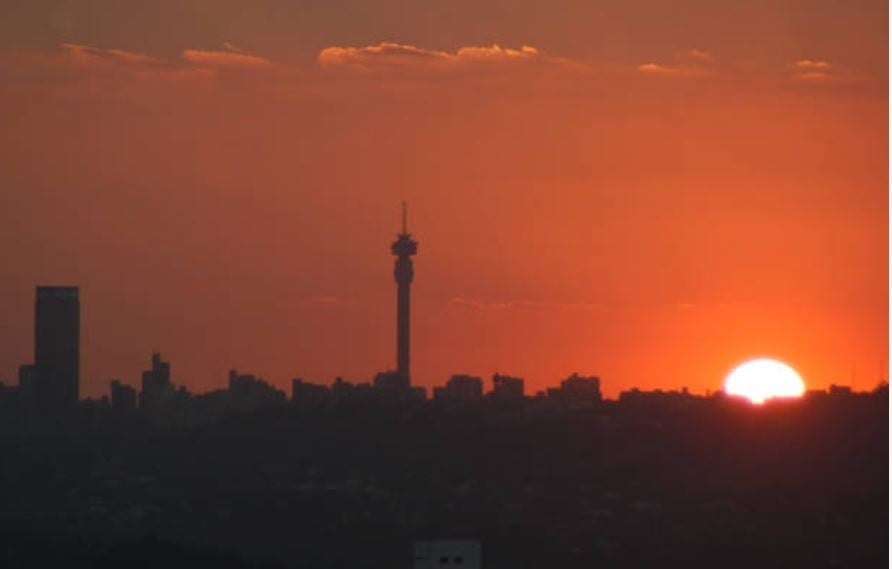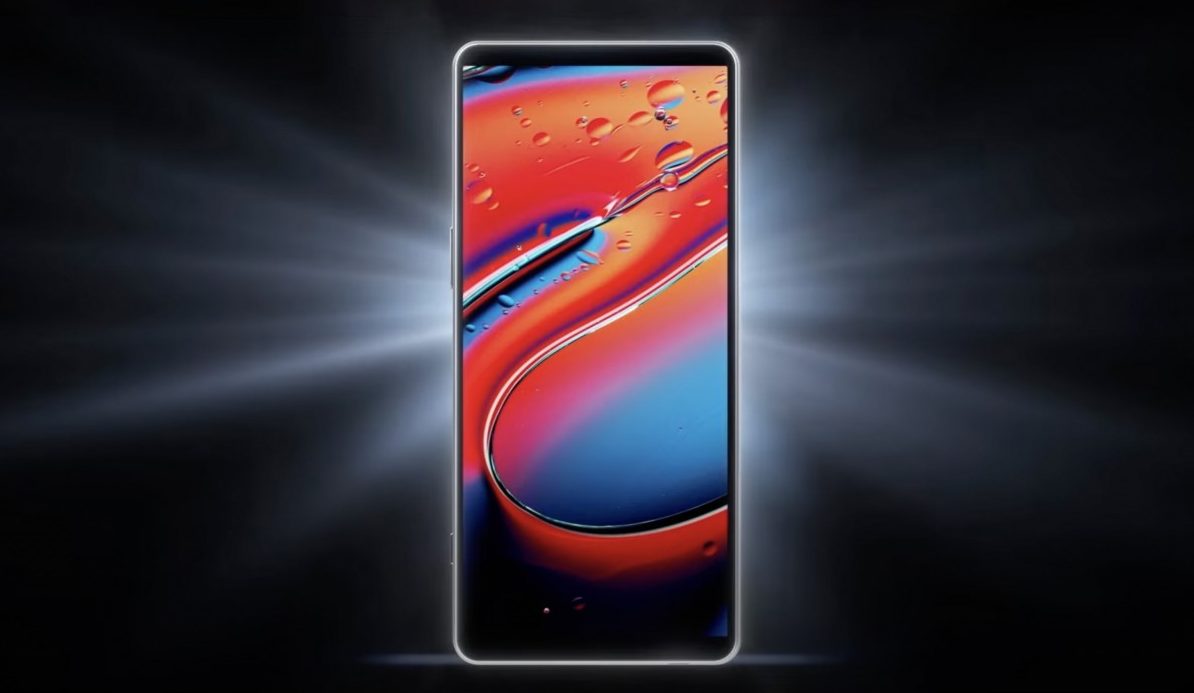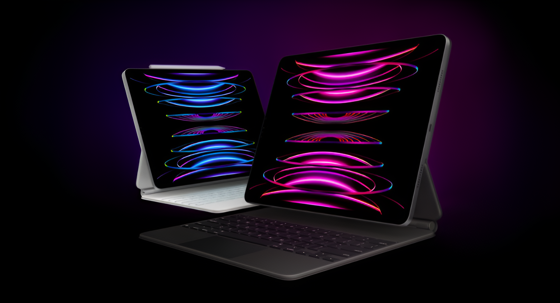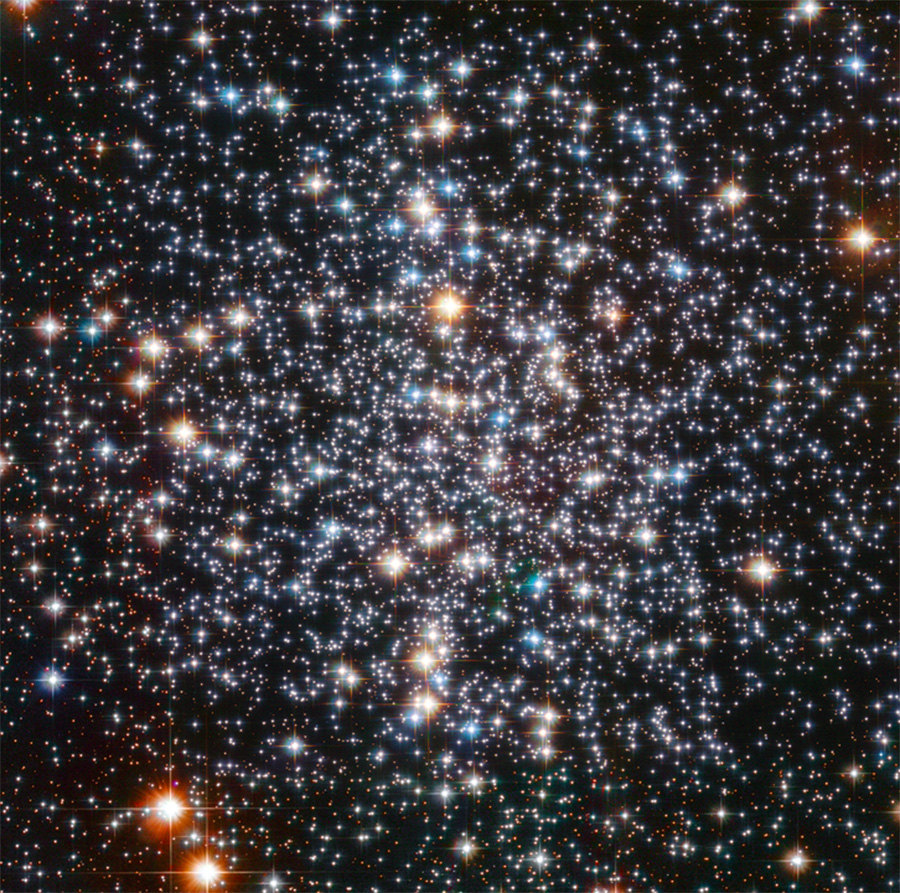An intermediate-mass black hole may be hiding at the center of the well-known globular cluster Messier 4, which is the closest of its kind at a distance of 5,500 light-years — but the evidence is not yet conclusive.
(Source: NASA/ESA/Eduardo Vitral (STScI))
Someone appeared recently Stady According to data from the Hubble Space Telescope and data from the Gaia astronomical probe, researchers have found indications that an intermediate-mass black hole is hiding in the center of the globular cluster Messier 4 in the constellation of Scorpius. If the guess is confirmed, we can be sure that some of these “missing links” may be hidden in dense star clusters.
We’ve already seen evidence of stellar-mass black holes, the remnants of collapsed stars, and observed supermassive black holes at the centers of galaxies. But there is a tantalizing gap between the two types: we’ve never seen definitive evidence of intermediate-mass black holes.
However, previous notes have already hinted at them. In 2020, the LIGO and Virgo gravitational-wave instruments observed a binary merger of a black hole with a mass of about 150 solar masses. X-ray observations have revealed several intermediate-mass black holes at the centers of dwarf galaxies, and there are some promising ones Imagine Also in star clusters.
Globular clusters are particularly interesting targets when searching for intermediate-mass black holes. These globular star clusters can contain tens of thousands or even millions of stars so dense that we don’t know exactly where their centers are.
The research team from Eduardo Vitral (Space Telescope Science Institute) analyzed the motion of the stars as they raced around the center of the globular cluster Messier 4. Hubble measured the proper motion of the central stars, and Gaia estimated the shape and mass of the cluster itself based on observational data from 6,000 individual stars.
“We designed some possible scenarios.” Vitral says. “First, how might an intermediate-mass black hole affect the motions of a cluster’s stars, compared to a few stellar-sized black holes, and the probability of no black hole at all.” The researchers concluded that the motion of the stars indicates the presence of an intermediate-mass black hole, roughly 800 solar masses. Another possibility is the presence of a cluster of stellar remnants at the center, which may include black holes, neutron stars, or white dwarfs.
Not everyone agrees that we should look for intermediate mass black holes in globular clusters like M4. “There are definitely globular clusters with intermediate-mass black holes, like Omega Centaurus or NGC 6388, but I think M4 is very average.” warns Holger Baumgardt (University of Queensland), who was not involved in the research. “These results depend on the model. I modeled M4 and I don’t think an intermediate-mass black hole is necessary. It’s certainly not definitive.” (Baumgardt analysis here available.)
According to Baumgardt, Vitral’s model does not account for mass segregation, which means that more massive stars gradually “sink” to the center of the cluster, while their lighter counterparts migrate to the edges of the cluster. If we also take into account this effect, then it is possible to imagine that the intrinsic motion of stars observed by Hubble and Gaia can be explained in the core by the central concentration of remnants of stars such as neutron stars or white dwarfs.
Vitral argues that the effects of group segregation will be less than the uncertainties in their data set. However, he agrees that the results are not conclusive, but adds that this study sets a foundation for future research.
It is hoped that additional observations of the cluster with the Hubble and Webb Space Telescopes will allow us to measure the proper motion and brightness of stars over a longer period of time. Improving the quality of the measurements could help provide a more definitive answer to the question of what is hidden in the core of M4 (and other globular clusters).
source: Sky and telescope
comment





